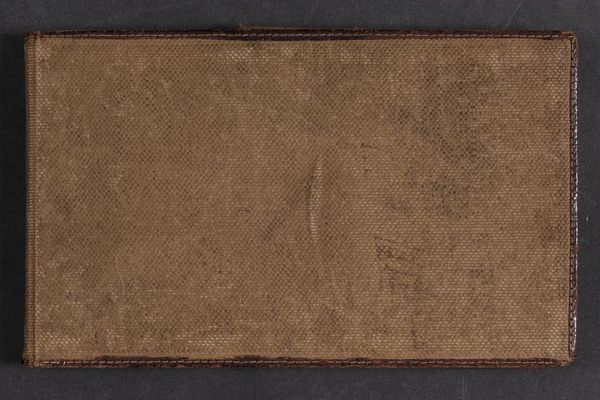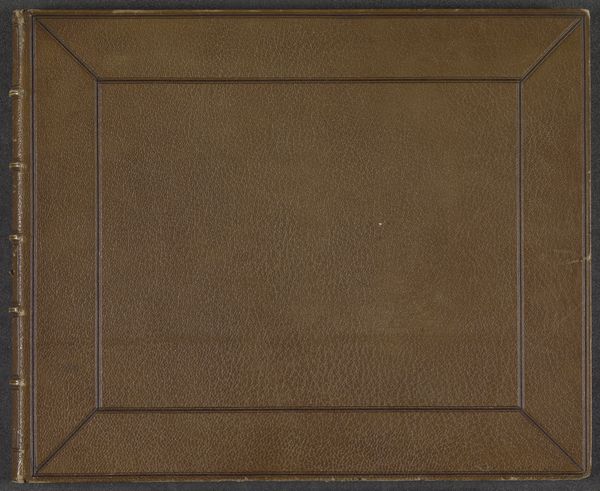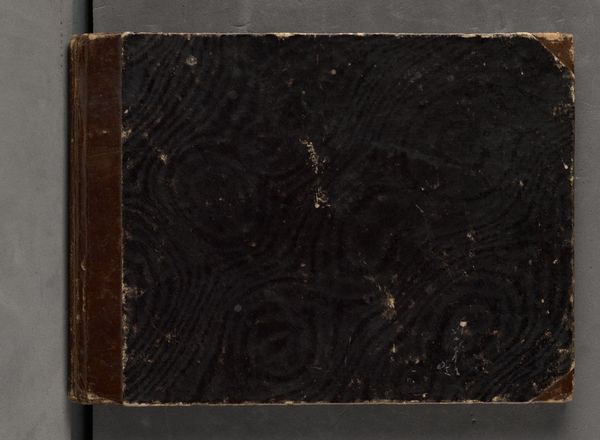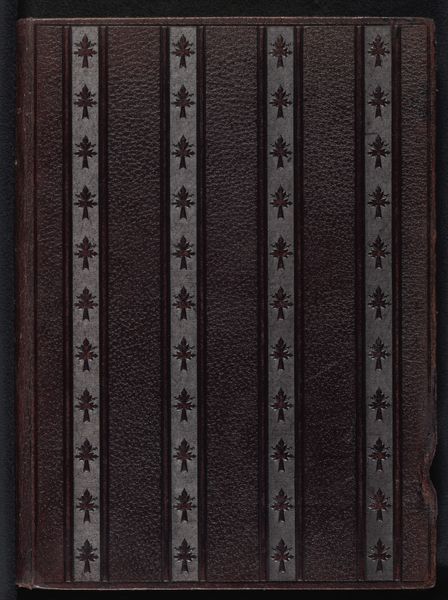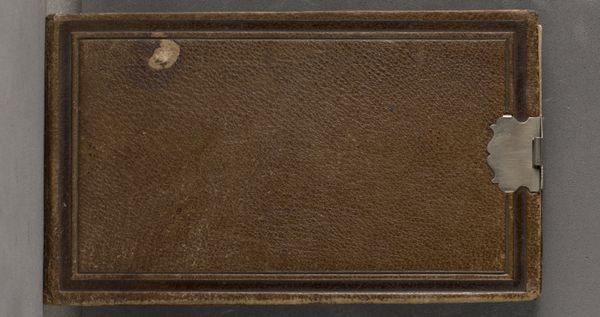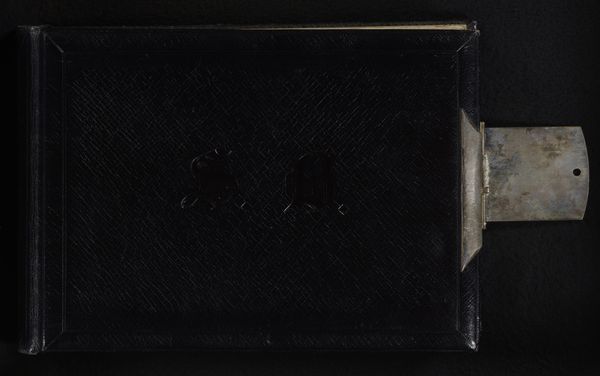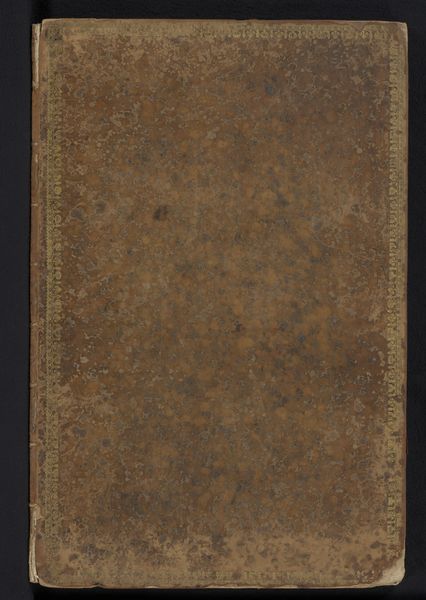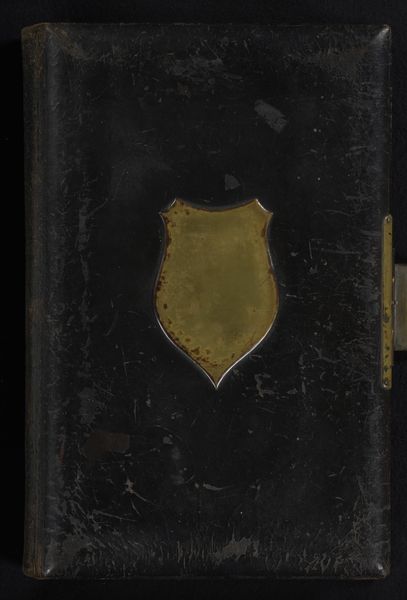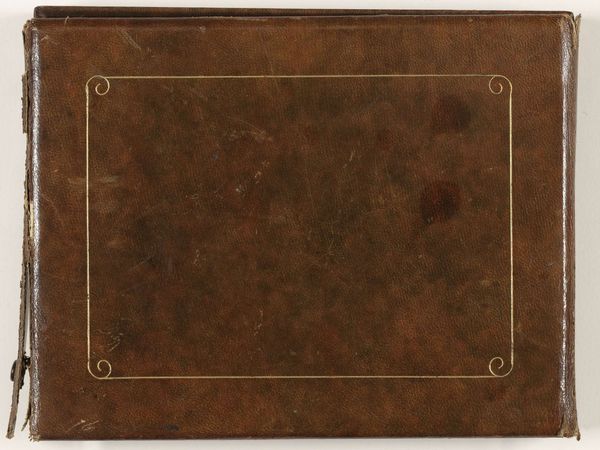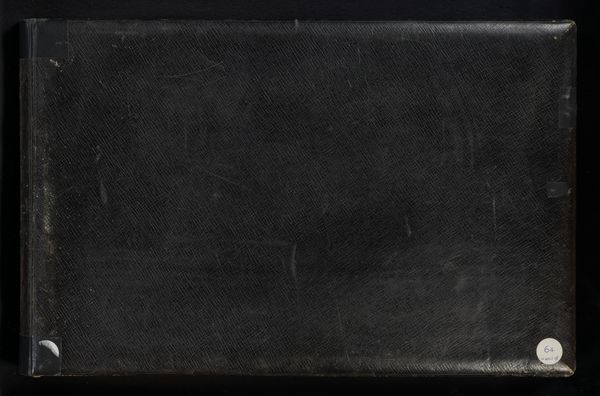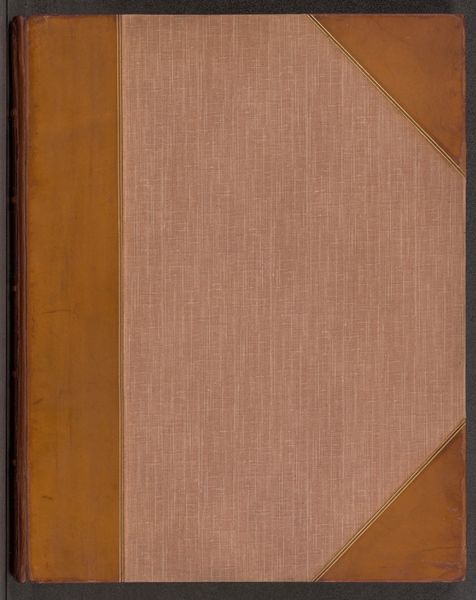
drawing
#
drawing
#
16_19th-century
#
german
Copyright: Public Domain
Here we have a sketchbook by Friedrich Metz in the Städel Museum. The sketchbook features a rectangular frame motif, a symbol that echoes through time. This shape is far more than mere geometry; it is a portal, a window into the intimate world of the artist. Think back to ancient Roman domestic architecture, where similar frames served to define spaces, separating the public from the private. The evolution of this frame leads us further. Consider the Renaissance, where the frame became a crucial element in paintings, defining not just the edges of the work but also the boundaries of reality itself. Artists like Leonardo da Vinci used it to draw the viewer into a meticulously constructed world. Perhaps, subconsciously, Metz sought to evoke the emotional security and clarity that the motif of the frame has provided throughout history. This object is more than just a receptacle for sketches; it is a vessel of cultural memory, and a testament to the enduring power of symbolic forms.
Comments
No comments
Be the first to comment and join the conversation on the ultimate creative platform.
